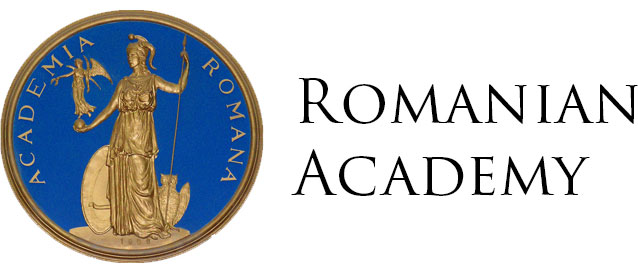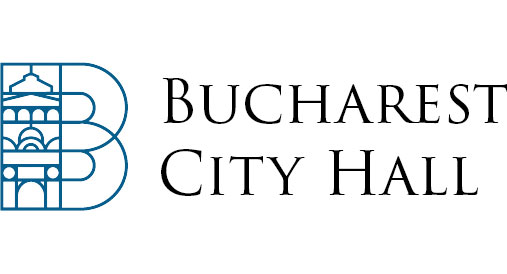Discover the amazing location of the Gala Dinner
The palace was built until 1702 by Constantin Brâncoveanu in the Brâncoven style, a style previously used in another voivode's palace, built by him in Potlogi. The work was finished on September 20, 1702, according to the inscription on the east side of the palace. The date of the start of construction is not known, but it is known that Brâncoveanu started buying land in the area in 1681.
After 1714, when Constantin Brâncoveanu was executed in Constantinople together with his entire family, all the family's wealth was confiscated by the Ottomans and the palace was turned into an inn. Redeemed by the ruler Ștefan Cantacuzino, it then returned to the great ban Constantin Brâncoveanu, the ruler's grandson, and remained in the family's possession until the beginning of the 19th century.
The palace was devastated by the Ottomans during the Russian-Turkish war of 1768-1774, because the great ban Nicolae Brâncoveanu had sided with the Russians in the conflict. Another destruction of the palace took place on the occasion of the revolution of 1821 when the last descendant of the Brâncoven family, Grigore Brâncoveanu, fled to Brașov and the building was occupied by the Pandi. After Grigore's death in 1832, the palace was inherited by his adopted daughter, Zoe Mavrocordat and, through her marriage to the ruler Gheorghe Bibescu, it passed into his family and was renovated between 1860-1880 by Nicolae Bibescu, who also built the family vault in the palace park, and the nearby Villa Elchingen. The palace was still administered by the Bibescu family who, however, moved to the new villa and the old building remained uninhabited. This until 1911, when Maria-Nicole Darvari sold the palace to her cousin George-Valentin Bibescu, who gave it as a wedding present to his wife, Martha.
During the Second World War, the palace was a meeting place for allied diplomats, being, for a few months, rented to the Swiss legation in Romania. After March 6, 1945, the estate was forcibly nationalized by the communist government, Martha Bibescu obtaining from the authorities the declaration of the palace as a historical monument, which she still owned. However, the princess left the country for good in September 1945, leaving the palace to her daughter Valentina and her husband, Dimitrie Ghika-Comănești.
Currently, the Mogoșoaia Palace houses the Brâncoveneasc Art Museum and is an important tourist attraction.











